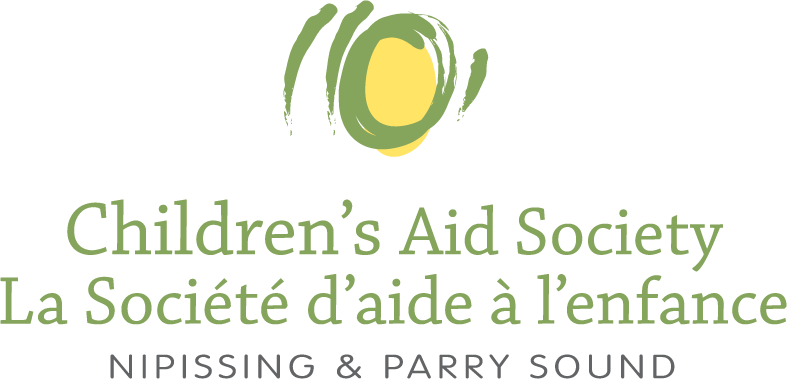What are the types of child abuse?
Physical Child Abuse
Physical abuse could result from a parent or person in charge causing physical injury to a child, or failing to adequately supervise a child or from a pattern of neglect of the child.
Here are some examples of physical abuse:
|
|
- Have burns, bite marks, cuts, bruises, or welts in the shape of an object
- Not want to go home
- Be afraid of adults
Sexual Abuse
Sexual abuse happens when a parent or other person in charge sexually molests or uses a child for sexual purposes or knowingly fails to protect a child from sexual abuse.
Here are some examples of sexual abuse:
- Any sexual act between an adult and a child, including intercourse
- Fondling
- Exposing a child to adult sexual activity
- Sexual exploitation through child prostitution or child pornography
- Any sexual act between an adult and a child, including intercourse
- Fondling
- Exposing a child to adult sexual activity
- Sexual exploitation through child prostitution or child pornography
Emotional Abuse
- Yelling at, screaming at, threatening, frightening, or bullying a child
- Humiliating the child, name-calling, making negative comparisons to others, or saying things like: “You’re no good. You’re worthless. You’re bad. Having you was a mistake.”
- Showing little to no physical affection (such as hugs) or words of affection (praise or saying “I love you.”)
- Saying that everything is the child’s fault.
- Withdrawing attention, giving the child the “cold shoulder”
- Confining a child in a closet or a dark room, or tying the child to a chair for long periods of time
- Allowing the child to be present during violent behavior of others, including the physical abuse of others
- Yelling at, screaming at, threatening, frightening, or bullying a child
- Humiliating the child, name-calling, making negative comparisons to others, or saying things like: “You’re no good. You’re worthless. You’re bad. Having you was a mistake.”
- Showing little to no physical affection (such as hugs) or words of affection (praise or saying “I love you.”)
- Saying that everything is the child’s fault.
- Withdrawing attention, giving the child the “cold shoulder”
- Confining a child in a closet or a dark room, or tying the child to a chair for long periods of time
- Allowing the child to be present during violent behavior of others, including the physical abuse of others
- Show signs of serious anxiety, depression or withdrawal
- Show self-destructive or aggressive behaviour
- Show delays physical, emotional or mental development
What Is Neglect?
Neglect happens when a child’s parent or other person in charge does not provide for a child’s physical, developmental, emotional or psychological needs.
- Failing to provide:
- Proper food
- Clothing suitable for the weather
- Supervision
- A home that is clean and safe
- Medical care, as needed
- Failing to provide emotional support, love and affection
- Not wear clothing that’s suitable for the weather
- Be dirty or unbathed
- Be very hungry
- Not be properly supervised
Learn More
These are only some examples and signs of child abuse. You can find out more information by visiting the following website: Ontario Association of Children’ Aid Societies
